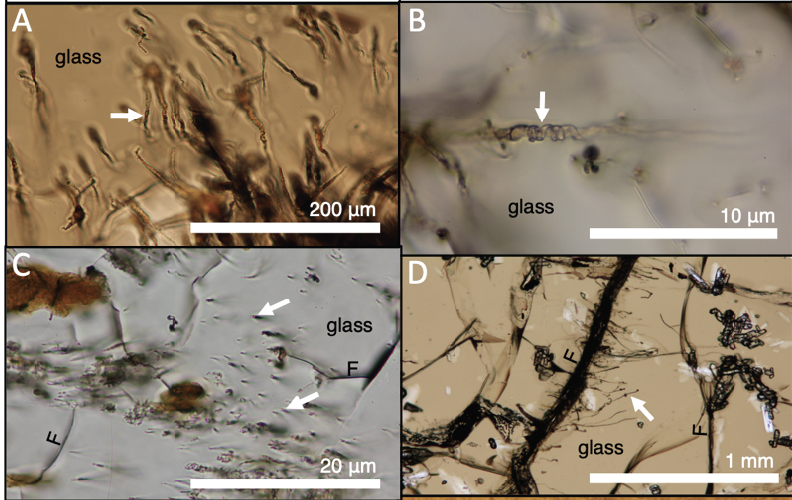Research
- Home >
- Technologies >
-
Geochemistry of altered hyaloclastites and hydrothermal vent fluids at oceanic s ...

RESEARCH
Geochemistry of altered hyaloclastites and hydrothermal vent fluids at oceanic spreading centers: Implications for astrobiology and understanding Earth’s largest submarine hydrothermal plume
High temperature submarine hydrothermal venting from black smokers along mid ocean ridges is a major source of chemical species to the oceans. We present a major and trace element and dissolved gas dataset measured in fluids collected from 23 distinct hydrothermal vents on the southern East Pacific Rise in November 1998 extending southward from 17°26' to 17°37', 17°44', 18°25', 21°26', and 21°34'S. A calibrated Fe/Mn geothermometer with constraints imposed by dissolved Si-Cl indicate minimum subseafloor equilibration temperatures and pressures of 374-438°C and 290-418 bar and cooling during ascent. Chloride concentrations indicate two-phase behavior is a prominent controlling process on compositions, but tectonic versus magmatic drivers, HM or AACMP mineral buffers, and ridge host rock compositions also control endmember compositions.

To view more project details and submit an expression of interest
Explore more projects
Solutions to Business Technological Challenges
-
-
RESEARCH
11 Nov 2022

- commercial
- conducted
- precision
- matrices
-
RESEARCH
28 Jun 2023
Peter Barr
Vancouver
- Nano-structured binding systems
- Environmentally friendly refractories
- Low-temperature fired magnesia bricks
- Non-ferrous smelting refractories

